North Korea has reopened to Western tourists for the first time since 2020. The February 2025 reopening permits visitors from select European countries and Australia into the northeastern Rason region. Tourists experience constant surveillance from government minders who dictate activities and showcase approved sites. Despite restrictions, visitors glimpse both propaganda displays and authentic interactions with locals. Tourism provides essential foreign currency for the regime while maintaining political control. Further exploration reveals the complex reality behind this isolated nation’s carefully orchestrated façade.
How does a country shrouded in secrecy for years appear to the first Western eyes permitted entry? February 2025 marked a pivotal moment as North Korea cautiously reopened its borders to a small group of tourists from the UK, France, Germany and Australia. The four-day trip to the northeastern Rason region represented the first officially sanctioned visit since pandemic closures began in 2020.
The tour sold out within five hours through Young Pioneer Tours despite the stringent controls awaiting visitors. Tourists found themselves under constant surveillance by government minders who dictated even basic activities like bathroom visits. The carefully curated itinerary showcased approved sites that often contradicted the polished propaganda images many had seen before arriving.
Despite heavy surveillance and orchestrated itineraries, tourists eagerly flocked to glimpse North Korea’s reality beyond its propaganda veneer.
Visitors described surreal experiences throughout their stay. A school performance featured animated missile attacks while other stops included a beer factory, new pharmacy and local educational facilities. The tourists noted outdated hotel decor resembling “grandma’s living room” and participated in choreographed events that many found bizarre including formal signing of visitor books.
Infrastructure appeared largely unchanged despite five years of isolation. Roads were described as “awful” with wobbly pavements and buildings as “weirdly constructed.” Several tourism projects remained unfinished as economic priorities apparently shifted to domestic initiatives during the lockdown period.
Interactions with North Koreans remained limited though guides made efforts to guarantee tourists felt safe. Some cultural exchange occurred despite restrictions with visitors encouraged to listen and understand locals who demonstrated their own opinions, goals and humor. The tragic case of Otto Warmbier serves as a sobering reminder of the potential risks for tourists who violate North Korean rules. The government’s tight control extends to dress codes, with tourists required to wear respectful attire when visiting sites like the Mansudae Grand Monument.
Currently only the Rason region welcomes Western tourists while Pyongyang remains closed. Tourism represents an important source of foreign currency for the regime which saw tourism revenue increase approximately 400% between 2014-2019. The country appears to be taking a cautious approach to reopening as it balances economic needs against the political imperative of controlling information and outside influence.

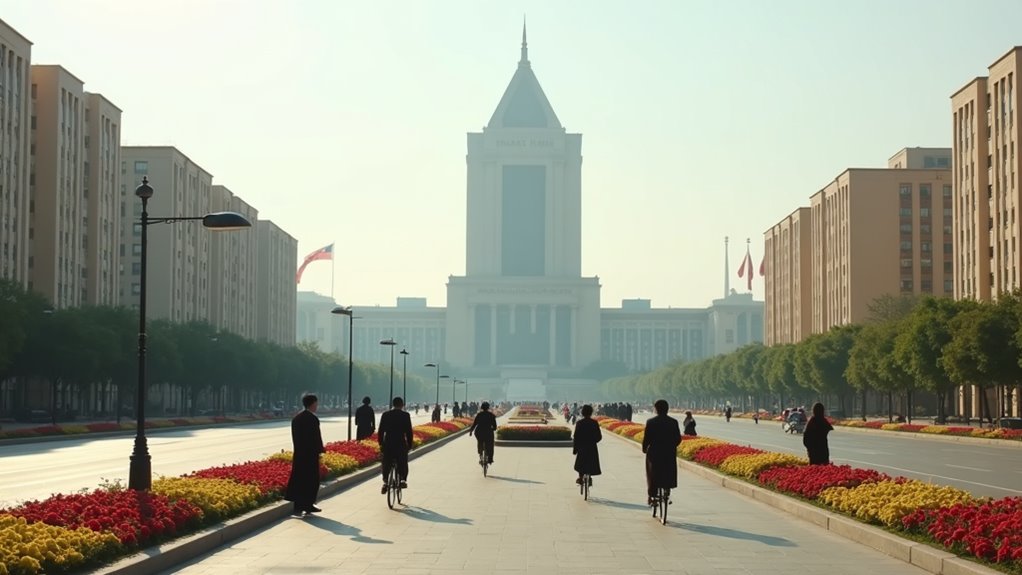
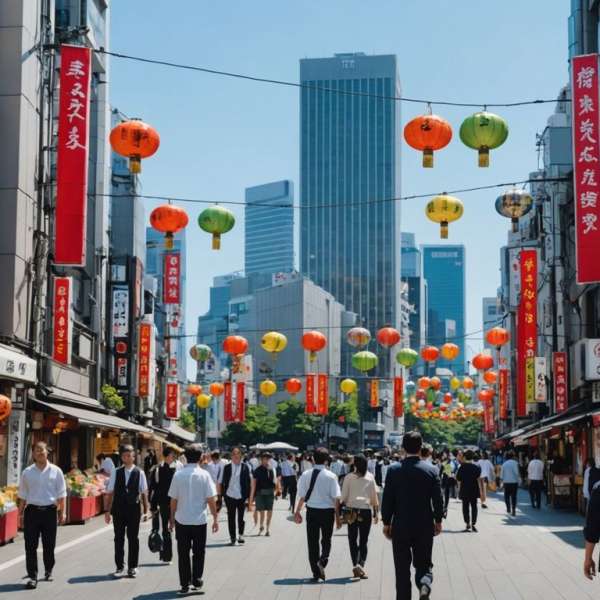
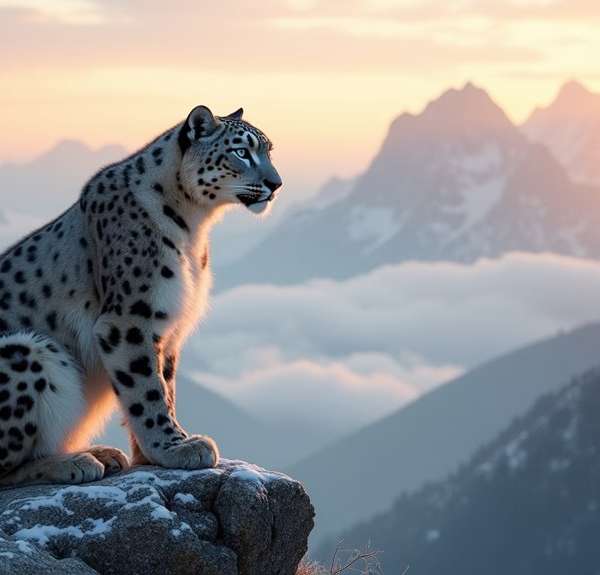
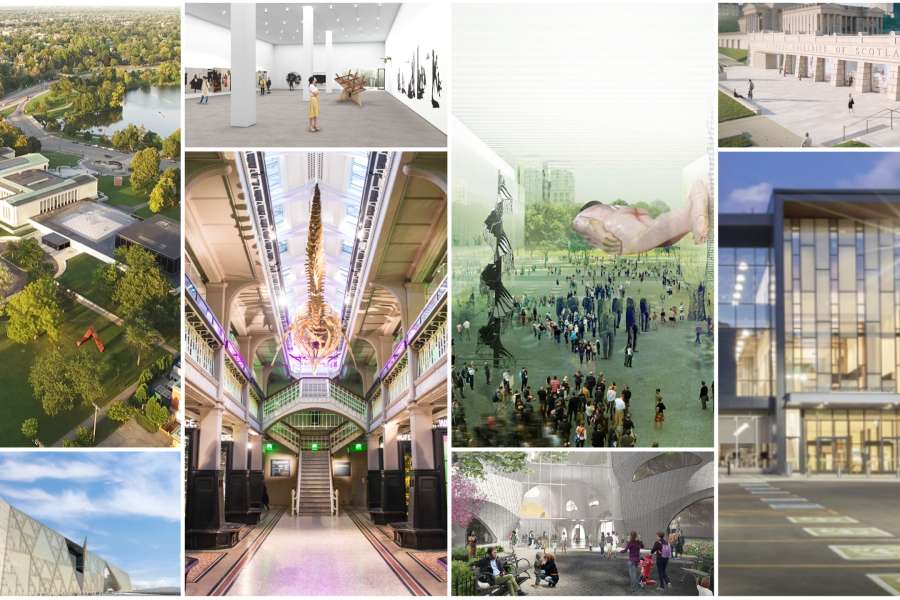
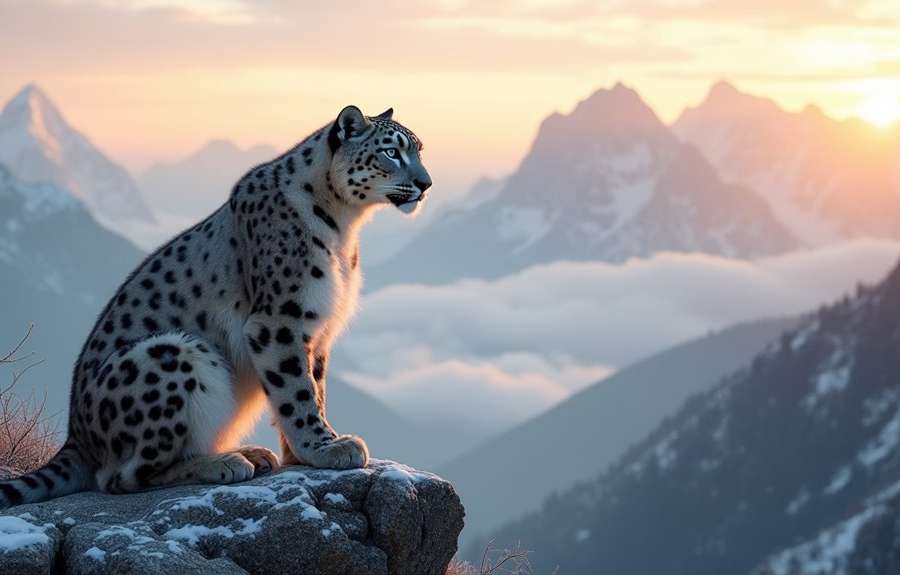
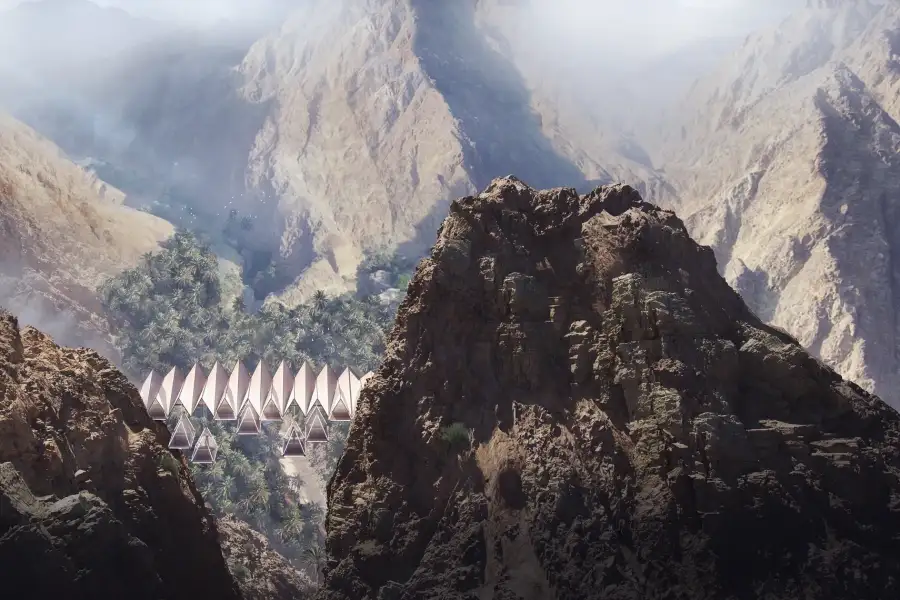
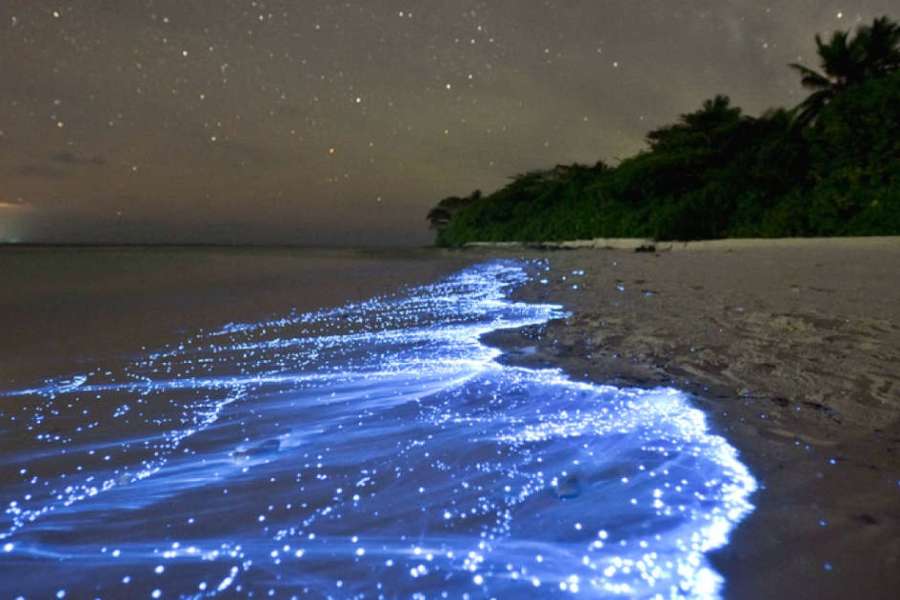
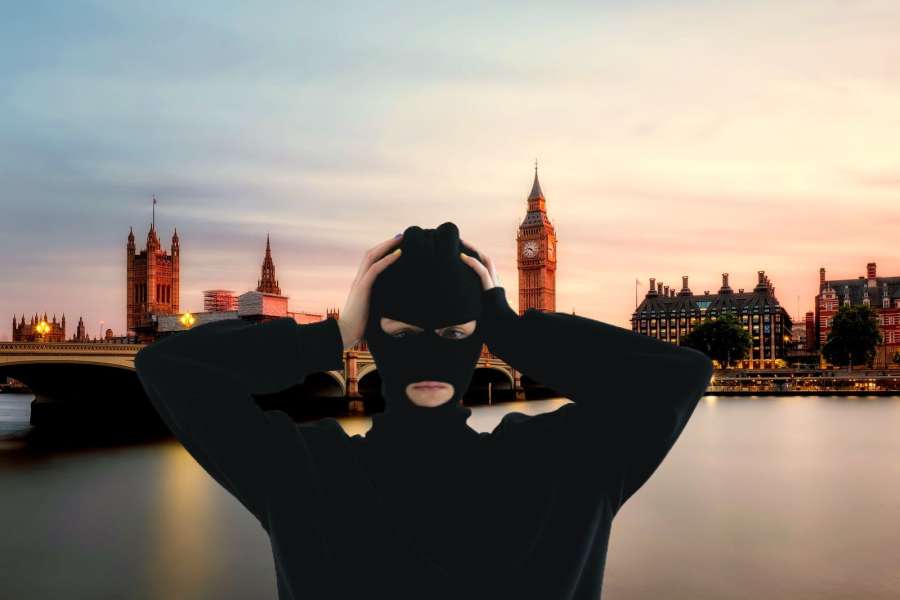
Leave a Comment